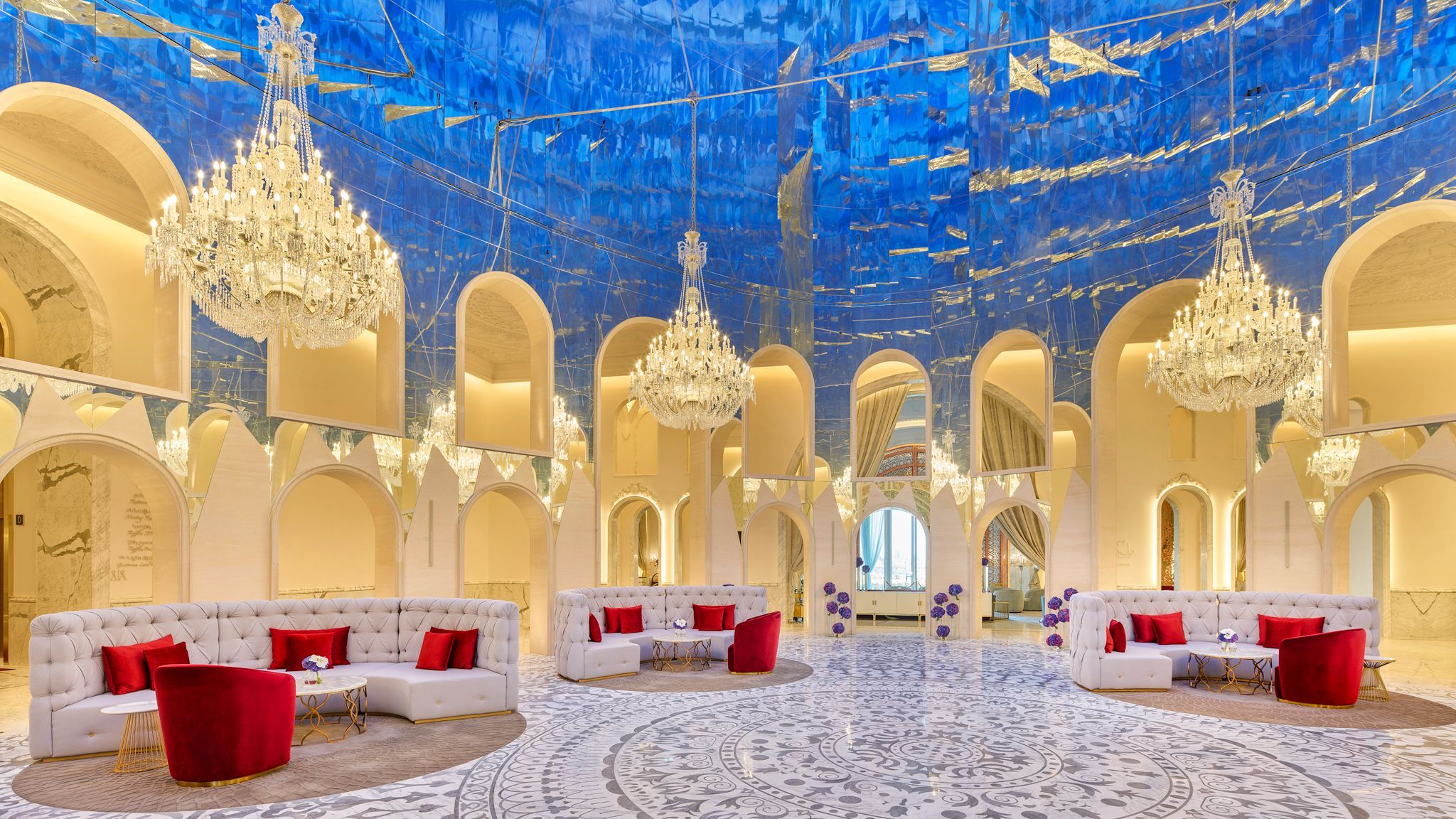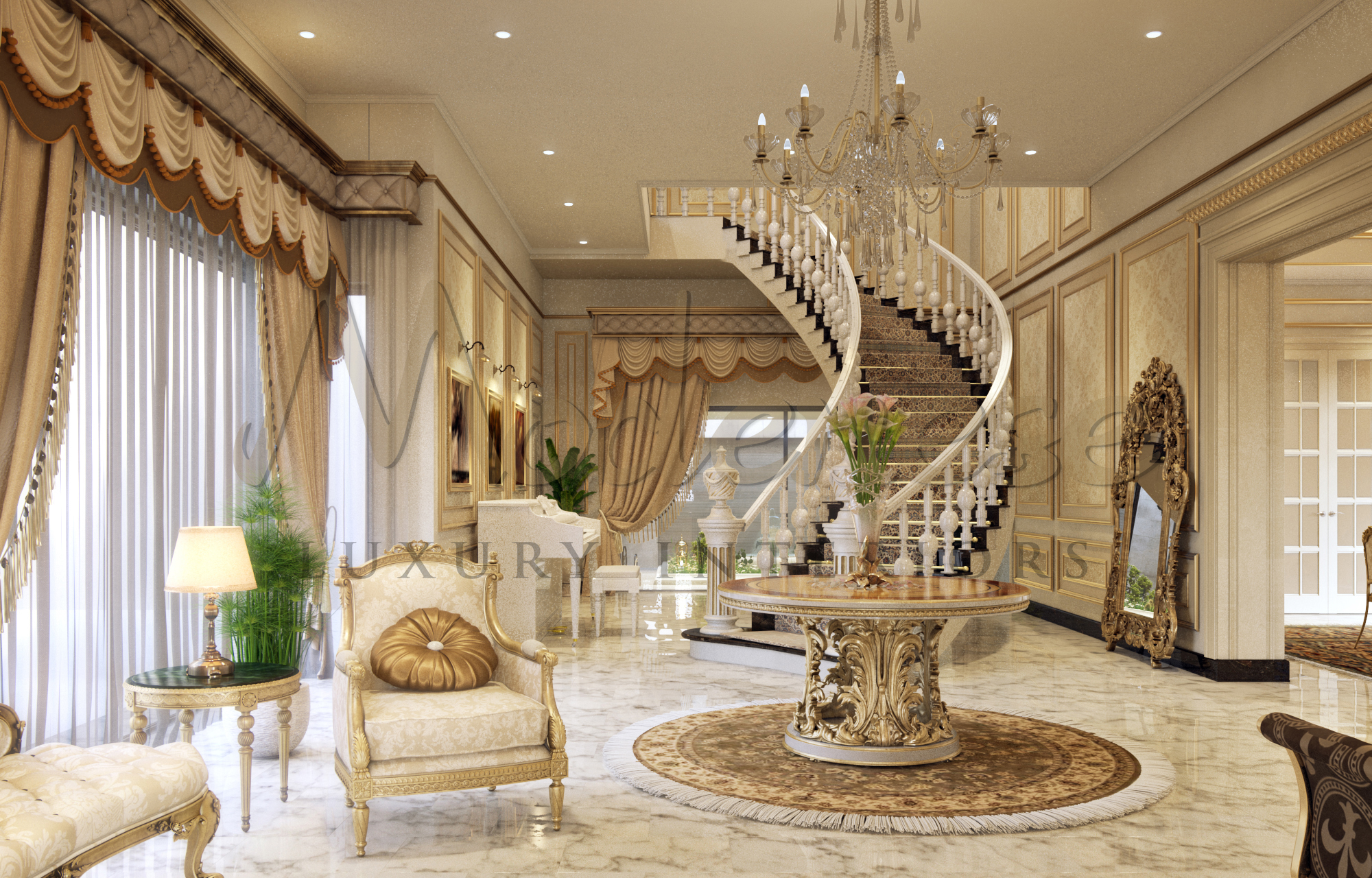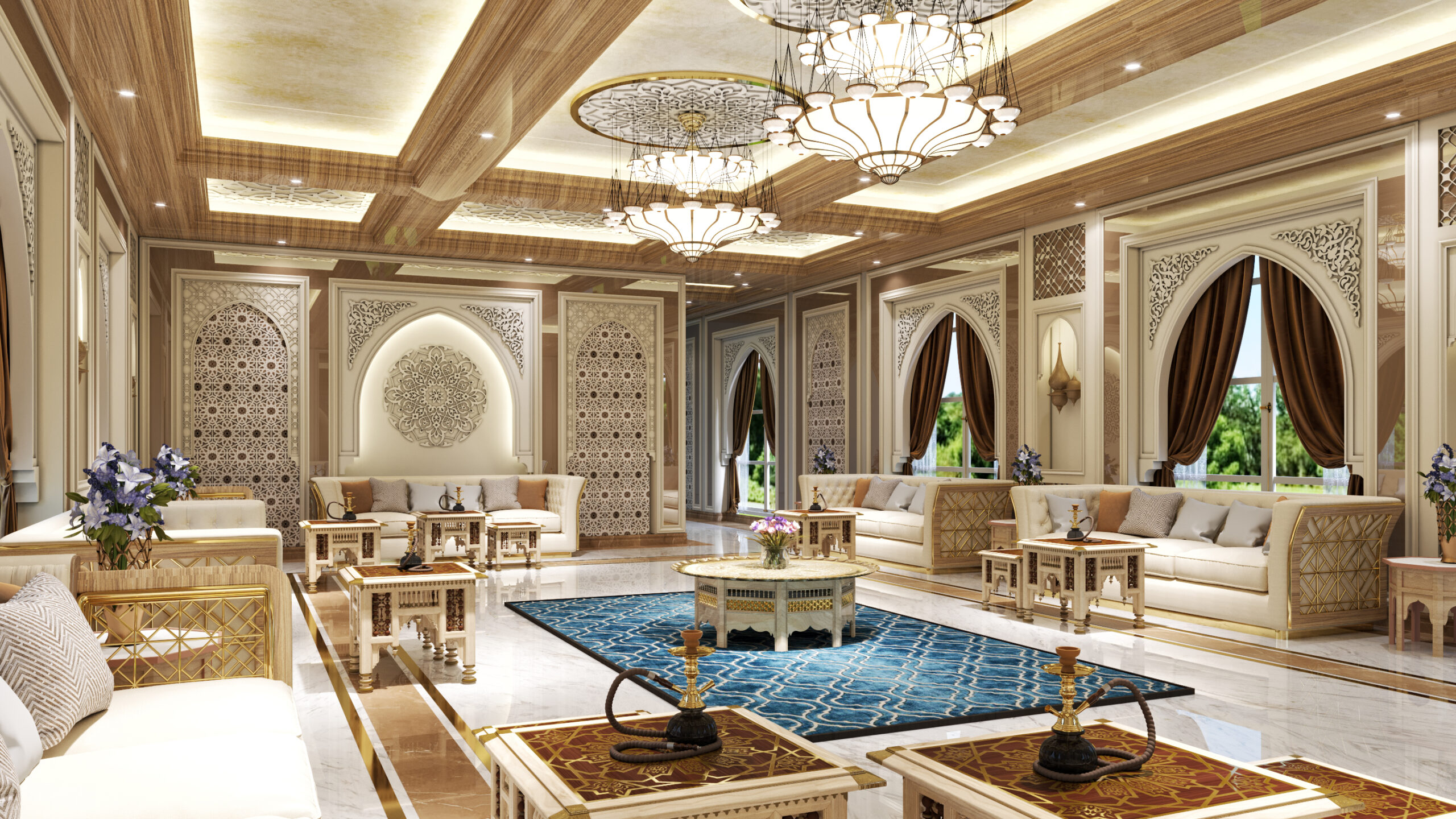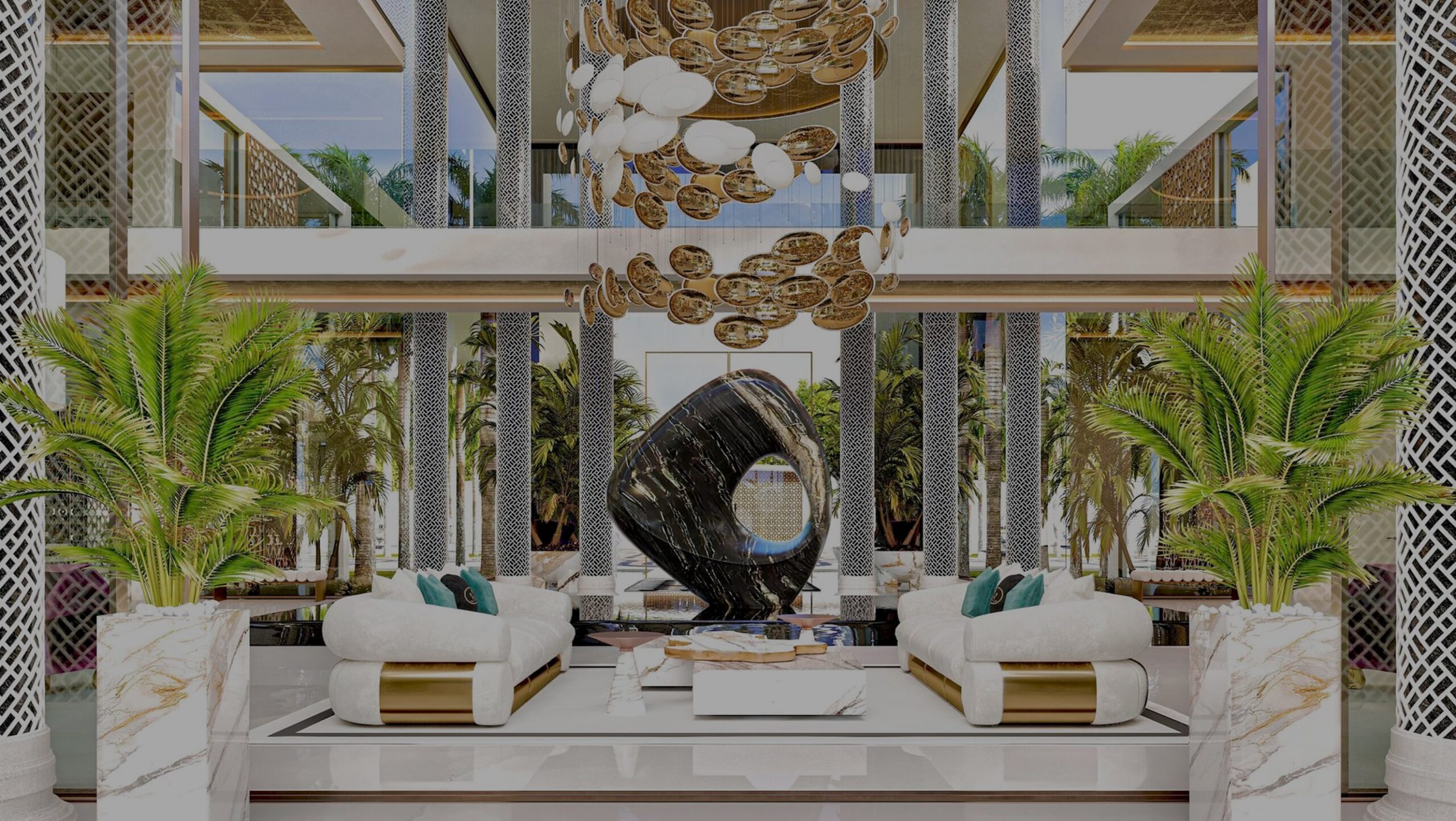From Qatar to Saudi Arabia Stunning Interior Design Styles Shaping the Gulf
The Arabian Gulf is a region of contrast and continuity—a space where the ultramodern skyline of Doha meets the cultural depth of Jeddah, and where architectural ambition aligns with heritage-inspired design. From Qatar to Saudi Arabia, the Gulf is emerging as a powerful influence in global interiors, offering a wealth of ideas for professionals seeking to blend tradition, innovation, and luxury in their work.
In this article, we explore the defining interior design styles across key Gulf countries—particularly Qatar and Saudi Arabia—and highlight the aesthetic signatures that are inspiring designers far beyond the Middle East.
A Region of Visionary Design
The Gulf’s rise as a design powerhouse stems from its unique intersection of wealth, culture, and ambition. Massive investments in infrastructure, hospitality, and real estate have transformed cities like Doha and Riyadh into experimental playgrounds for global architects and designers.
However, while many projects embrace international influences, the best examples of Gulf design manage to honor regional identity through materiality, form, and storytelling. From sleek towers to heritage villas, the interiors in this part of the world reflect both aspiration and ancestry.
Qatar: Where Modernity Meets Artistic Heritage
Qatar’s design scene is shaped by a deep reverence for art and culture, anchored by institutions like the Museum of Islamic Art and the National Museum of Qatar. This appreciation spills over into interior spaces—especially in Doha’s luxury hotels, cultural centers, and private residences.
Signature Style Elements:
-
Artful minimalism: Spaces often use neutral palettes with curated, museum-like precision.
-
Crafted geometry: Mashrabiya screens, abstract tilework, and patterned inlays are used in modernized forms.
-
Cultural layering: Interiors incorporate contemporary art, calligraphy, and bespoke design objects that echo local themes.
Design Insight: In Qatar, interiors are not overbuilt. They feel curated, intentional, and emotionally resonant. The emphasis is on materials and moments, not volume or excess.

Saudi Arabia: Tradition Reimagined
Saudi Arabia’s design identity is experiencing a renaissance. With projects like NEOM and Diriyah Gate, the Kingdom is actively merging futuristic urban planning with cultural preservation. The result is a dynamic design language that balances bold vision with historical reverence.
Signature Style Elements:
-
Warm, earthy palettes: Sandy neutrals, desert ochres, and rich wood tones create grounded interiors.
-
Architectural forms: Domes, arches, and columns are often stylized in modern applications.
-
Ornamentation with purpose: Decorative elements—from carved wall panels to intricate ceilings—carry symbolic meaning.
Design Insight: Saudi interiors often celebrate hospitality and spiritual calm, with layouts that prioritize gathering, reflection, and beauty in the everyday.

Shared Aesthetics Across the Gulf
While each country has distinct styles, certain design motifs echo across the Gulf:
-
Geometry: A legacy of Islamic design, geometry remains foundational—from lattice screens to tessellated floors.
-
Luxury materials: Marble, brass, onyx, and hardwoods are used with intention, creating balance between indulgence and integrity.
-
Mood lighting: Indirect lighting, pendant clusters, and wall sconces create soft, inviting atmospheres.
The Gulf aesthetic is not about excess, but about detail. Every texture, curve, and line is chosen with purpose. It’s a design language that invites exploration—both visually and culturally.

The Global Influence of Gulf Design
Designers from New York to Milan are now looking to the Gulf for ideas. What was once considered “regional” is now shaping global design narratives. We see this in:
-
Hospitality interiors: Hotels around the world adopting Middle Eastern textures, silhouettes, and colorways.
-
High-end retail: Boutiques incorporating Gulf-inspired arches, brass finishes, and sculptural lighting.
-
Luxury residences: Designers integrating cultural nods with minimalist elegance—an approach born in cities like Doha and Riyadh.
The Gulf has proven that modern design can coexist with identity, and that tradition can be a powerful source of innovation.

Why Nolita Harbour
At Nolita Harbour, we are deeply inspired by the Gulf’s ability to tell stories through design. The region’s commitment to craftsmanship, geometry, and cultural expression aligns with our philosophy of creating timeless, artful interiors.
While our roots are Mediterranean, we share the Gulf’s appreciation for natural materials, refined details, and design with soul. The balance between tradition and modernity seen in Gulf interiors is something we interpret through our own lens—offering pieces that feel both global and grounded.
Final Thoughts
From Qatar’s elegant minimalism to Saudi Arabia’s cultural revival, the Gulf is no longer just a source of inspiration—it’s a reference point for the future of luxury interior design. It challenges designers to think in layers, not just layouts, and to use materials and motifs that speak of legacy, light, and place.
In designing for beauty, we also design for meaning. The Gulf reminds us of that—and in doing so, reshapes the global conversation around style, sophistication, and story.